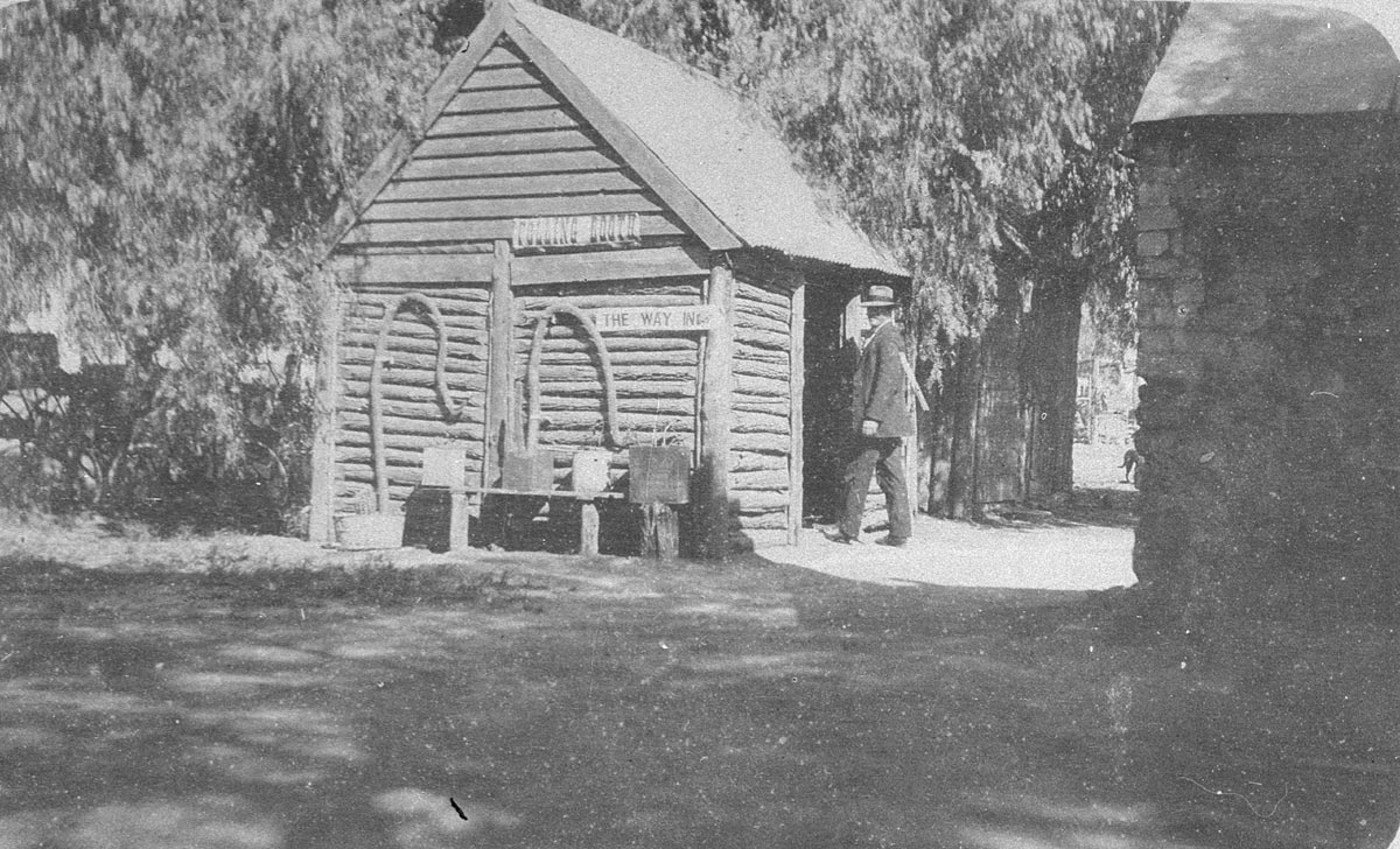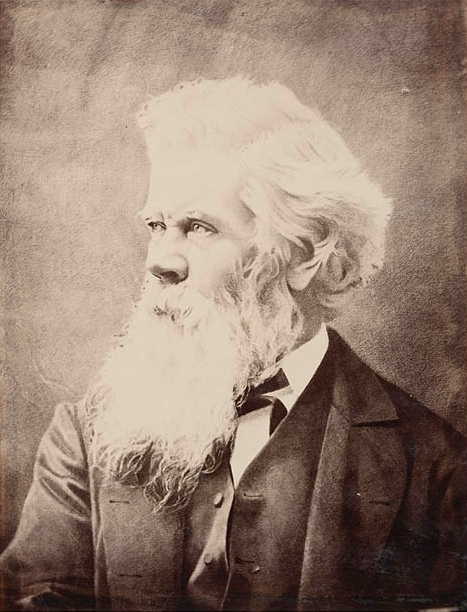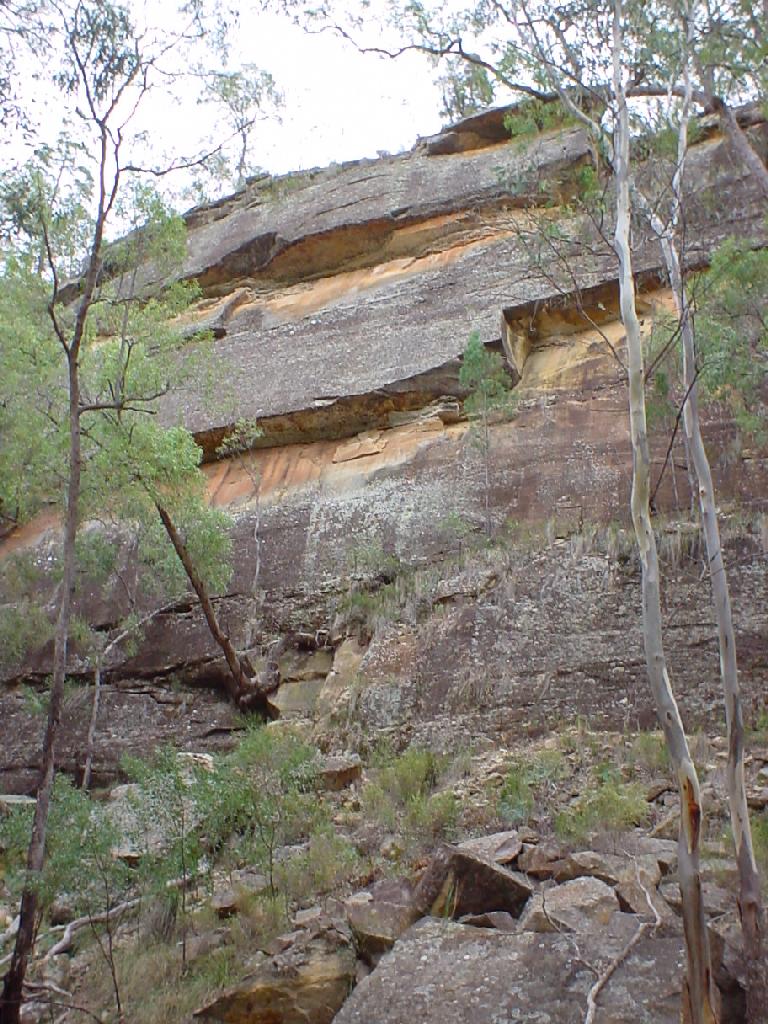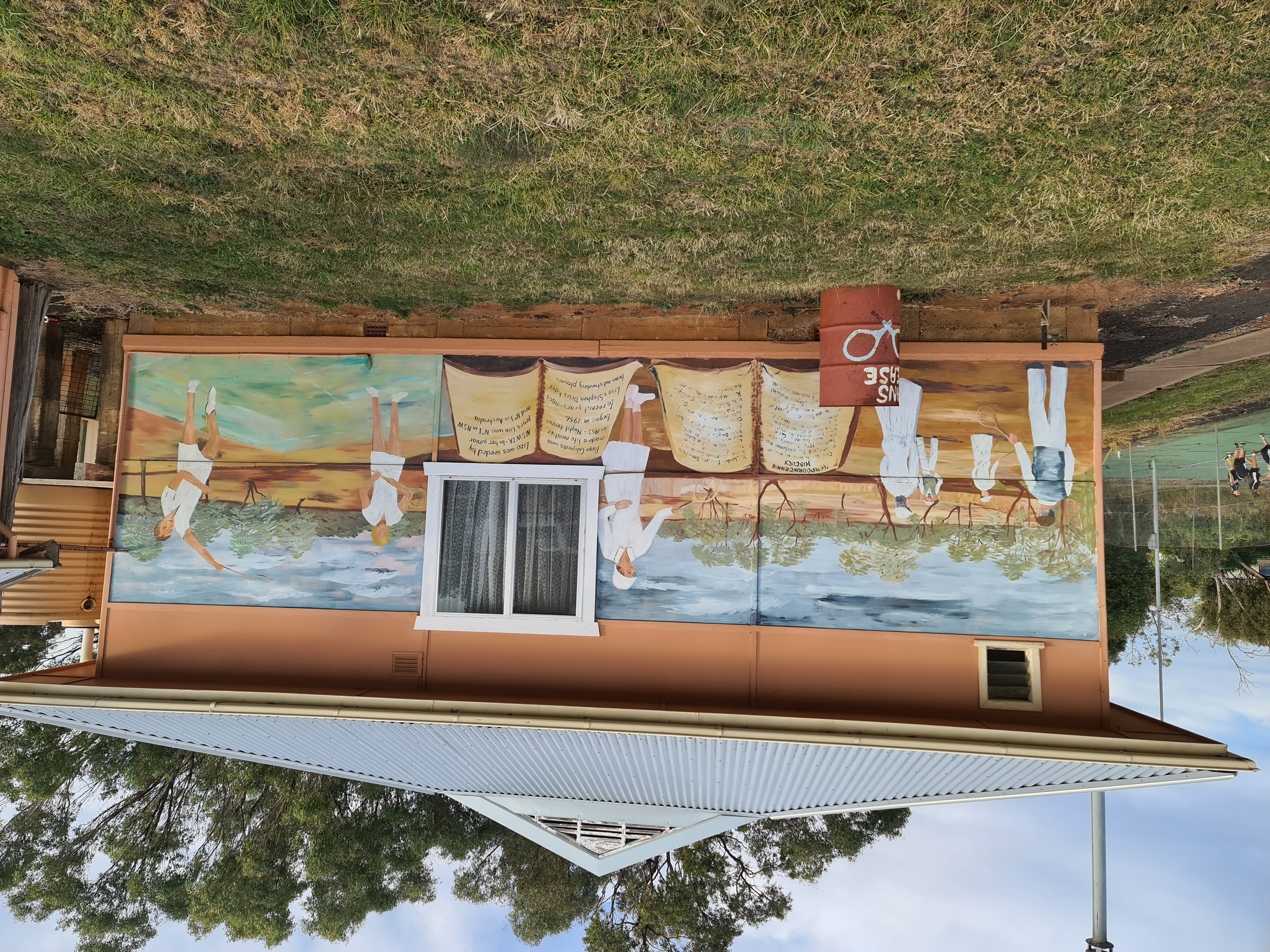|
Gwabegar, New South Wales
Gwabegar () is a town in North Eastern New South Wales, Australia. The town is in the Narrabri Shire local government area, north west of the state capital, Sydney. At the 2011 census, Gwabegar had a population of 344. The town is in the middle of the largest naturally forming cypress pine (''Callitris'') forest in the Southern Hemisphere, the Pilliga forest. The timber industry was once the mainstay of the town with twelve sawmills operating, but they have been closed, leaving farming as the main source of income. ''Goonanyah'' Post Office opened on 15 August 1912 and was renamed ''Gwabegar'' in 1924. Gwabegar is the historical terminus of the Gwabegar railway line, which is now truncated to Binnaway Binnaway is a small town located on the Castlereagh River in central western New South Wales near the larger centre of Coonabarabran, New South Wales, Coonabarabran, which is about 35 kilometres to the north. In 2016, the town had a population o .... The now closed railway ... [...More Info...] [...Related Items...] OR: [Wikipedia] [Google] [Baidu] |
Electoral District Of Barwon
Barwon is an electoral district of the Legislative Assembly in the Australian state of New South Wales. It is represented by Roy Butler a former the Shooters Fishers and Farmers Party MP, but now an Independent MP. Covering roughly 44% of the land mass of New South Wales, Barwon is by far the state's largest electoral district. It includes the local government areas of Bourke Shire, Brewarrina Shire, Narrabri Shire, Walgett Shire, Warrumbungle Shire, Coonamble Shire, Gilgandra Shire, Warren Shire, Bogan Shire, Lachlan Shire, Cobar Shire, Central Darling Shire, the City of Broken Hill as well as the large Unincorporated Far West Region surrounding Broken Hill. History Barwon was originally created in 1894, when it along with Moree, replaced Gwydir. In 1904, with the downsizing of the Legislative Assembly after Federation, Gwydir was recreated and Moree and Barwon were abolished. In 1927, with the breakup of the three-member Electoral district of Namoi, it was recreated. ... [...More Info...] [...Related Items...] OR: [Wikipedia] [Google] [Baidu] |
Division Of Parkes
The Division of Parkes is an Australian electoral division in the state of New South Wales. History The former Division of Parkes (1901–69) was located in suburban Sydney, and was not related to this division, except in name. The division is named after Sir Henry Parkes, seventh Premier of New South Wales and sometimes known as the 'Father of Federation'. The division was proclaimed at the redistribution of 11 October 1984, and was first contested at the 1984 federal election. The seat is currently a safe Nationals seat. It was substantially changed by the 2006 redistribution and is now considered by many observers as the successor to the abolished Division of Gwydir. As a result, the then member for Parkes, John Cobb, instead contested the Division of Calare. The current Member for Parkes, since the 2007 federal election, is Mark Coulton, a member of the National Party of Australia. According to the 2011 census, approximately 78 per cent of the population within the d ... [...More Info...] [...Related Items...] OR: [Wikipedia] [Google] [Baidu] |
New South Wales
) , nickname = , image_map = New South Wales in Australia.svg , map_caption = Location of New South Wales in AustraliaCoordinates: , subdivision_type = Country , subdivision_name = Australia , established_title = Before federation , established_date = Colony of New South Wales , established_title2 = Establishment , established_date2 = 26 January 1788 , established_title3 = Responsible government , established_date3 = 6 June 1856 , established_title4 = Federation , established_date4 = 1 January 1901 , named_for = Wales , demonym = , capital = Sydney , largest_city = capital , coordinates = , admin_center = 128 local government areas , admin_center_type = Administration , leader_title1 = Monarch , leader_name1 = Charles III , leader_title2 = Governor , leader_name2 = Margaret Beazley , leader_title3 = Premier , leader_name3 = Dominic Perrottet (Liberal) , national_representation = Parliament of Australia , national_representation_type1 = Senat ... [...More Info...] [...Related Items...] OR: [Wikipedia] [Google] [Baidu] |
Narrabri Shire
Narrabri Shire is a local government area in the North West Slopes region of New South Wales, Australia. The Shire is located adjacent to the Namoi River and the Newell and Kamilaroi Highways. It was formed on 1 January 1981 from the amalgamation of the Municipality of Narrabri and Namoi Shire resulting from the ''Local Government Areas Amalgamation Act 1980''. Schedule 1. The mayor of Narrabri Shire Council is Cr. Ron Campbell, who is an Independent. Towns and localities The seat of Council and major town in the Shire is Narrabri. Other towns, villages and localities in the Shire include Baan Baa, Bellata, Boggabri, Edgeroi, Gwabegar, Pilliga, and Wee Waa. Heritage listings The Narrabri Shire has a number of heritage-listed sites, including: * Narrabri, Bowen Street: Narrabri Gaol and Residence Demographics At the , there were people in the Narrabri local government area, of these 50.1 per cent were male and 49.9 per cent were female. Aboriginal and Torres Strait Is ... [...More Info...] [...Related Items...] OR: [Wikipedia] [Google] [Baidu] |
Sydney
Sydney ( ) is the capital city of the state of New South Wales, and the most populous city in both Australia and Oceania. Located on Australia's east coast, the metropolis surrounds Sydney Harbour and extends about towards the Blue Mountains to the west, Hawkesbury to the north, the Royal National Park to the south and Macarthur to the south-west. Sydney is made up of 658 suburbs, spread across 33 local government areas. Residents of the city are known as "Sydneysiders". The 2021 census recorded the population of Greater Sydney as 5,231,150, meaning the city is home to approximately 66% of the state's population. Estimated resident population, 30 June 2017. Nicknames of the city include the 'Emerald City' and the 'Harbour City'. Aboriginal Australians have inhabited the Greater Sydney region for at least 30,000 years, and Aboriginal engravings and cultural sites are common throughout Greater Sydney. The traditional custodians of the land on which modern Sydney stands are ... [...More Info...] [...Related Items...] OR: [Wikipedia] [Google] [Baidu] |
Census In Australia
The Census in Australia, officially the Census of Population and Housing, is the national census in Australia that occurs every five years. The census collects key demographic, social and economic data from all people in Australia on census night, including overseas visitors and residents of Australian external territories, only excluding foreign diplomats. The census is the largest and most significant statistical event in Australia and is run by the Australian Bureau of Statistics (ABS). Every person must complete the census, although some personal questions are not compulsory. The penalty for failing to complete the census after being directed to by the Australian Statistician is one federal penalty unit, or . The ''Australian Bureau of Statistics Act 1975'' and ''Census and Statistics Act 1905'' authorise the ABS to collect, store, and share anonymised data. The most recent census was held on 10 August 2021, with the data planned to be released starting from mid-2022. ... [...More Info...] [...Related Items...] OR: [Wikipedia] [Google] [Baidu] |
Callitris
''Callitris'' is a genus of coniferous trees in the Cupressaceae (cypress family). There are 16 recognized species in the genus, of which 13 are native to Australia and the other three (''C. neocaledonica, C. sulcata'' and ''C. pancheri'') native to New Caledonia. Traditionally, the most widely used common name is cypress-pine, a name shared by some species of the closely related genus '' Actinostrobus''.Eckenwalder, J.E. 2009. ''Conifers of the World: The Complete Reference''. Timber Press. p. 122-124 Description They are small to medium-sized trees or large shrubs, reaching tall (to in ''C. macleayana''). The leaves are evergreen and scale-like. But young seedlings have needle-like leaves; in ''C. macleayana'', needle-like leaves are found mixed with scale leaves throughout the tree's life. The scales are arranged in six rows along the twigs, in alternating whorls of three (often in whorls of four in ''C. macleayana''). The male cones are small ... [...More Info...] [...Related Items...] OR: [Wikipedia] [Google] [Baidu] |
Pilliga Forest
The Pilliga Forest, sometimes known as the Pilliga Scrub, constitute over 5,000 km2 of semi-arid woodland in temperate north-central New South Wales, Australia. It is the largest such continuous remnant in the state. The forest is located near the towns of Baradine and Narrabri and the villages of Pilliga and Gwabegar. Most land within the Pilliga is in crown tenure, either as State Forest (2,416 km2), Nature Reserve, State Conservation Area or National Park (2,770 km2). History Author Eric Rolls wrote a historic account of the Pilliga called '' A Million Wild Acres'', which gives an insight into the history of the region. One of Rolls' most-cited conclusions is that the forest used to be an open woodland forest and that European influence has enabled the cypress pine to dominate. However, many scientific authors now disagree with much of Rolls' analysis, quoting historical records from as early as the 1870s which suggest that the plant communities in th ... [...More Info...] [...Related Items...] OR: [Wikipedia] [Google] [Baidu] |
Gwabegar Railway Line
The Gwabegar railway line is a railway line in the Central West and North West Slopes of New South Wales, Australia, which passes through the towns of Mudgee, Gulgong, Dunedoo, Coonabarabran and terminates at Gwabegar. The section from Wallerawang to Capertee was opened on 15 May 1882; the section from Capertee to Rylstone on 9 June 1884; the section from Rylstone to Mudgee on 10 September 1884; the section from Mudgee to Gulgong on 14 April 1909; the section from Gulgong to Dunedoo on 28 November 1910; the section from Dunedoo to Binnaway on 2 April 1917; the section from Binnaway to Coonabarabran on 11 June 1917; and the section from Coonabarabran to Gwabegar on 10 September 1923. Currently, the Gwabegar Line is operational between Wallerawang to Rylstone and between Gulgong and Binnaway. The line beyond Rylstone to Gulgong and from Binnaway towards the terminus at Gwabegar still remains booked out of use and rail traffic remains suspended."Signaling & infrastructure" ''Ra ... [...More Info...] [...Related Items...] OR: [Wikipedia] [Google] [Baidu] |
Binnaway, New South Wales
Binnaway is a small town located on the Castlereagh River in central western New South Wales near the larger centre of Coonabarabran, which is about 35 kilometres to the north. In 2016, the town had a population of 425 people. The road linking these two towns closely follows the meandering Castlereagh River. There are many pleasant areas to stop beside the road and on the river banks to have a picnic. Binnaway is also located near the similarly sized small town of Mendooran. Following local government amalgamation, the town is now located in the Warrumbungle Shire Council area which is headquartered at Coonabarabran. History The name Binnaway may derive from the Aboriginal word 'binniaway' meaning 'peppermint tree wollybutt'. The township of Binnaway stands on part of the 'Mowabla' pastoral run of 16 thousand acres, taken up in 1848 by William Lawson. In the early 1850s the leasehold was purchased by David Innes Watt. [...More Info...] [...Related Items...] OR: [Wikipedia] [Google] [Baidu] |
Towns In New England (New South Wales)
A town is a human settlement. Towns are generally larger than villages and smaller than cities, though the criteria to distinguish between them vary considerably in different parts of the world. Origin and use The word "town" shares an origin with the German word , the Dutch word , and the Old Norse . The original Proto-Germanic word, *''tūnan'', is thought to be an early borrowing from Proto-Celtic *''dūnom'' (cf. Old Irish , Welsh ). The original sense of the word in both Germanic and Celtic was that of a fortress or an enclosure. Cognates of ''town'' in many modern Germanic languages designate a fence or a hedge. In English and Dutch, the meaning of the word took on the sense of the space which these fences enclosed, and through which a track must run. In England, a town was a small community that could not afford or was not allowed to build walls or other larger fortifications, and built a palisade or stockade instead. In the Netherlands, this space was a garden, more ... [...More Info...] [...Related Items...] OR: [Wikipedia] [Google] [Baidu] |








.jpg)